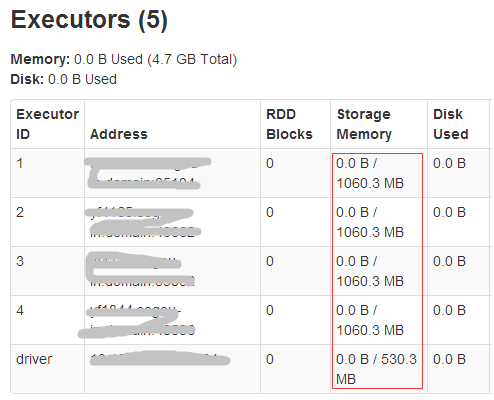Understanding LLM based AI Agents
What are LLM-based AI Agents?
An LLM-based AI agent is an intelligent system that uses large language models (like GPT-4) to perform tasks autonomously, including perceiving the environment, reasoning about it, making decisions, and executing actions. Unlike traditional chatbots, these agents can plan tasks, take actions using external tools, and handle multi-step problems. It aims to enable people to perform and handle professional or complex tasks in a highly automated manner using natural language, driven by LLM technology, thereby freeing up personnel energy to the greatest extent.
Core Components of an AI Agent
LLM-based agents usually rely on a modular architecture that gives the LLM the support it needs to operate autonomously. The typical agent is composed of a few key components.
graph LR U(User Request) -->|input| A[Agent Core] A -->|analyse| B[Planning] B -->|action plan| A A -->|invoke| C[Tools] A <-->|context| D[Memory] A -->|response| U
- Agent Core: At the heart of the agent is the LLM itself (for example, GPT-4, Claude, or an open-source model like LLaMA 2). This core interprets the user’s input and generates the agent’s responses. On its own, the LLM is very powerful at understanding language and reasoning, but it’s essentially reactive (it responds to prompts without taking additional actions). In an agent setup, the LLM core is augmented with surrounding logic so it can be more proactive, meaning it needs other components to interface with the outside world and handle complex tasks.












